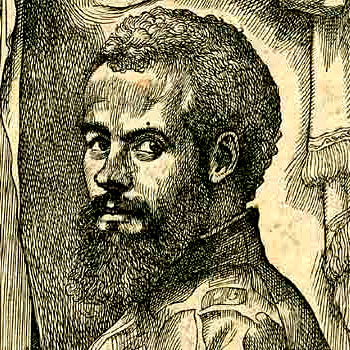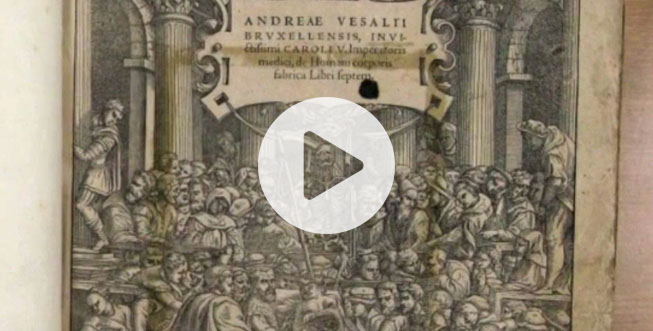 What do we know about Vesalius?
What do we know about Vesalius?
- Dates: 1513 – 1564
- Place of Birth: Brussels, Belgium
- Education: Studied medicine at Paris and Padua
- Career: Professor of surgery and anatomy at Padua
- Famous Publications: De Humani Corpporis Fabrica (The Fabric of the Human Body), 1543
 Contribution to medicine
Contribution to medicine
Vesalius’s greatest contribution to medicine was in the study of anatomy. He conducted his own dissections and learnt first hand about the human body. His greatest work was the Fabric of the Human Body published in 1543 which offered detailed drawings of the body, working from the outside in showing the muscles, skin and bone. All the illustrations had letters or numbers which were referred to in the accompanying text. His work suggested that the earlier ideas of Galen could be incorrect.
Factors involved in his work
Science and Technology
The invention of the printing press was a major factor in the success of Vesalius. It meant that his book could be printed and circulated around the world. The detailed drawings from the woodcuts provided a valuable resource to other surgeons or anatomists.
Communication
As Vesalius Fabric of the Human Body was written in latin and latin was the language of the educated man it meant that doctors in different countries could read and learn from his book. The use of detailed illustration with accompanying text was a new and effective style of writing anatomy books.
Read the Vesalius revision notes
Test your knowledge of Vesalius’ contribution to the development of medicine by answering the questions on the cards below:


